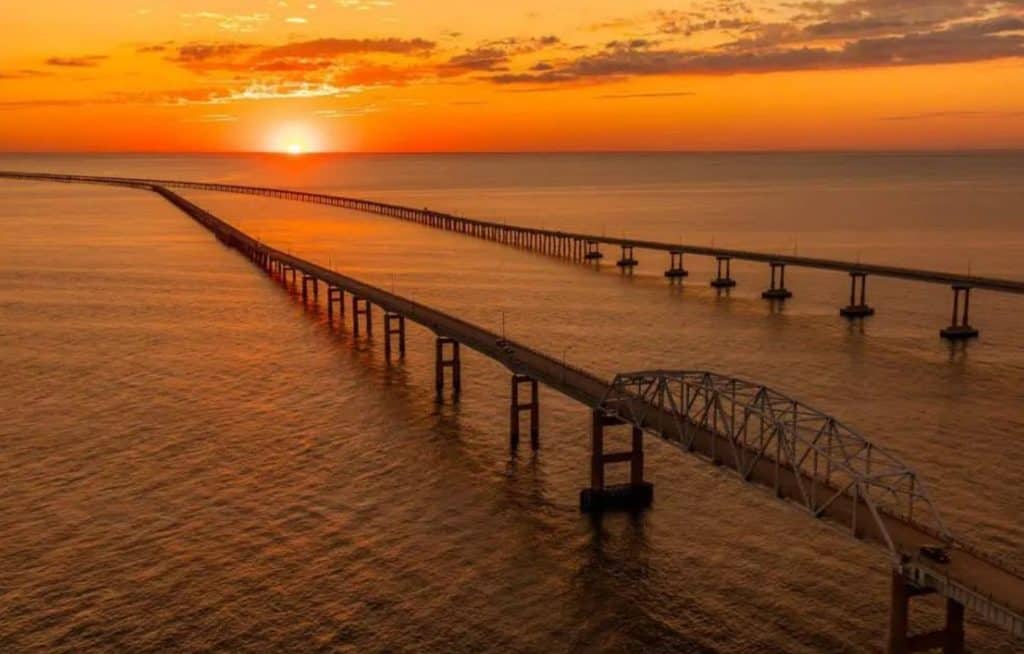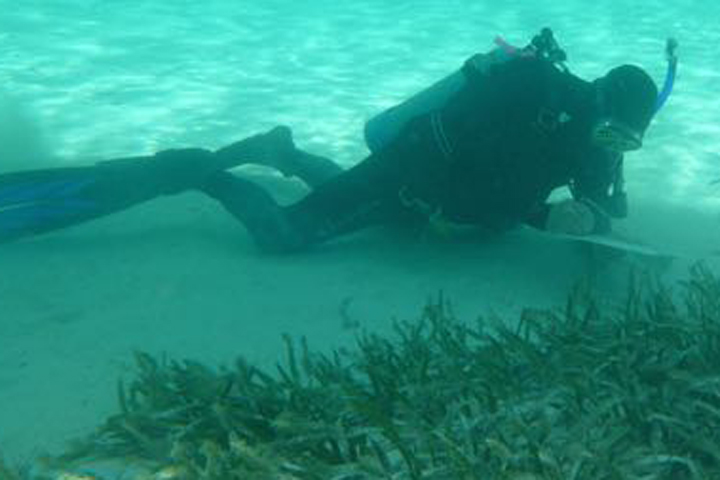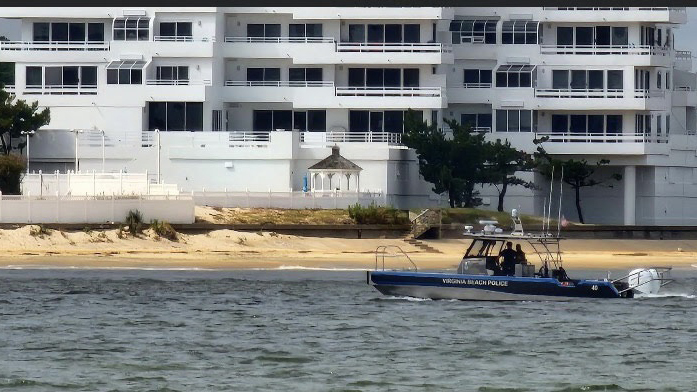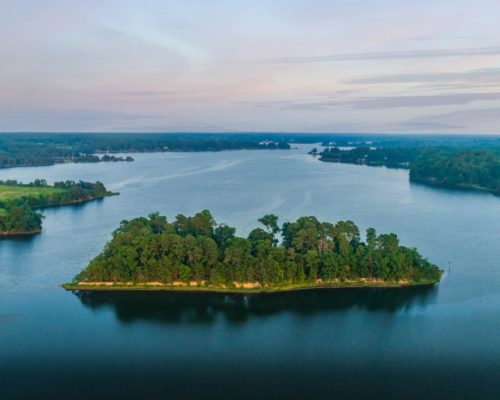The entrance to the Chesapeake Bay is a busy place. It is common to see commercial vessels, from massive container ships to smaller fishing vessels and barges, sharing the channels with military vessels, all the while surrounded by recreational boats traveling in every direction. With vessel traffic expected to increase, and with planned wind turbine farms restricting routes, the United States Coast Guard has wisely decided to plan ahead. The result is the Port Access Route Study (PARS)—and USCG is looking for feedback on it from boaters like you.
The report analyzes a multitude of factors and lays groundwork that will ensure all vessels have safe passage in and out of the Bay in the future. According to the report, it is intended to consider “whether existing or additional routing measures or shipping safety fairways are adequate or require modification(s) to improve navigation safety due to factors such as planned or potential offshore development, current port capabilities and planned improvements, increased vessel traffic, changing vessel traffic patterns, weather conditions, or navigational difficulty.”
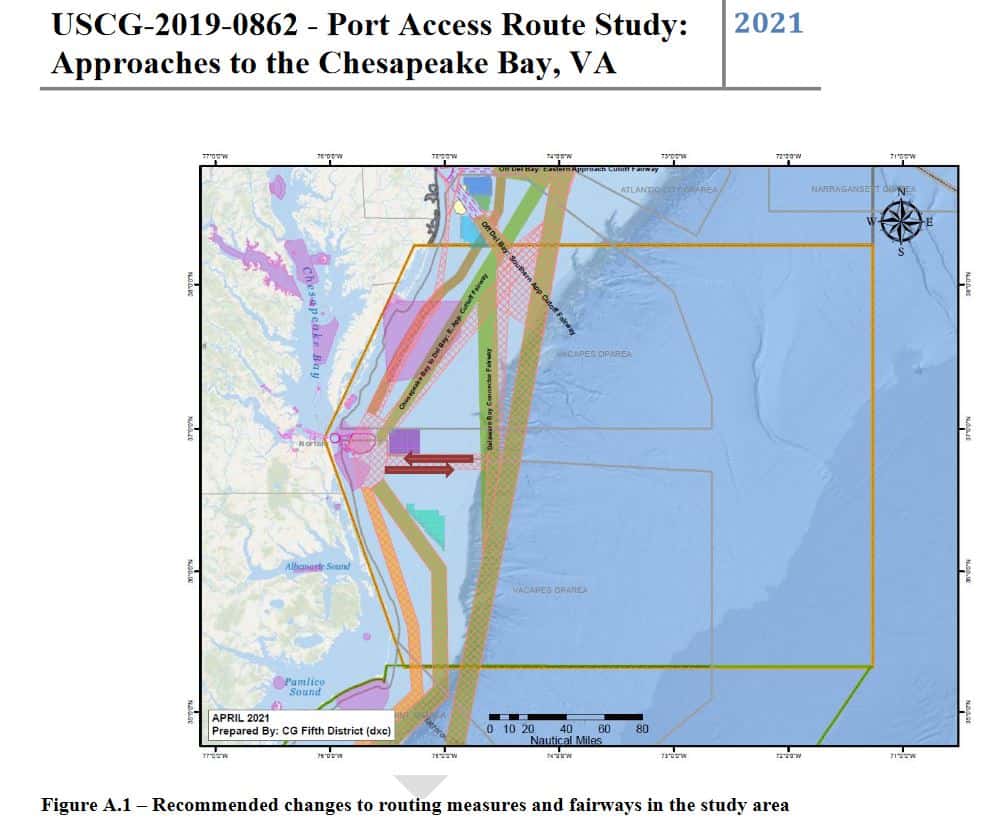
And there is a lot to plan for. According to the report, by 2024 the shipping channels serving the Port of Virginia will increase from 1,000 to 1,400 feet wide, and will be at least 55 feet deep, making the port the deepest on the east coast. This will lead to an estimated 40 percent increase in container vessel traffic. Furthermore, large vessels will have to avoid the planned 220-turbine, 112,800-acre wind farm off Virginia Beach. There are also danger zones off Virginia Beach (military) and Wallops Island (rocket launches) to consider. Recreational boating is also expected to increase.
According to Fifth Coast Guard District Captain Maureen Kallgren, “We have been working on this for 10 years, after realizing that wind energy and natural resource operations are likely to change vessel traffic patterns. We expect greatly increasing competition for water space over the next 10 years.”
The Coast Guard’s report is thorough, and considers the above as well as historical accidents, collisions, and even the weather. At 60 pages, it is likely that most recreational boaters won’t take time to read it all. However, the summary is quite informative, as are the graphics, and is worth a look if you frequent the Bay entrance.
According to Capt Kallgren, “The report recommends routing measures and modifications to fairways to decrease risks to vessels entering and leaving the Chesapeake Bay. We encourage boaters to look at the report. We welcome public comment and concerns from the boating community.” You can have a look for yourself, and can comment, at regulations.gov/docket/USCG-2019-0862/document?postedDateFrom=2021-06-16&postedDateTo=2021-06-16.
-Kendall Osborne

